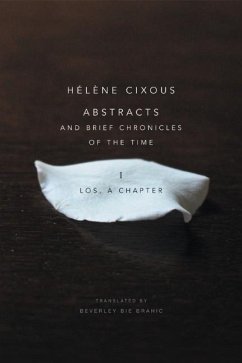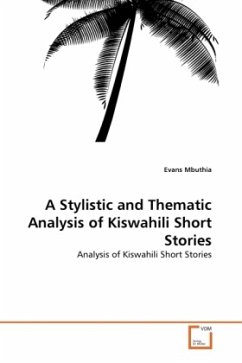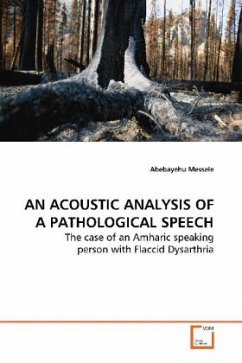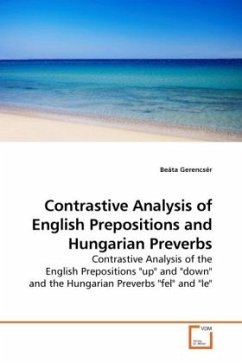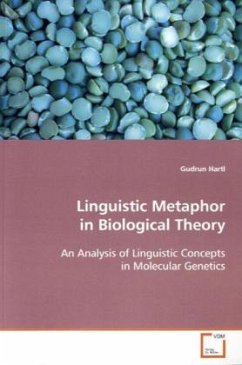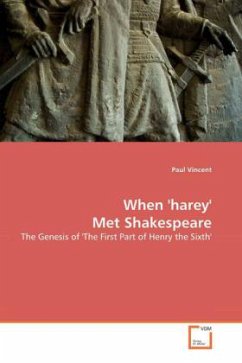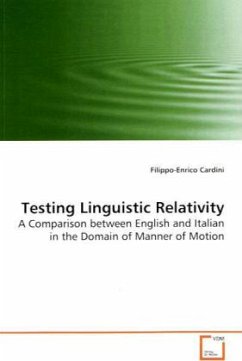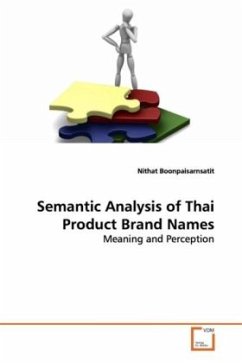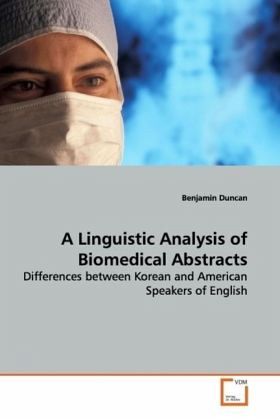
A Linguistic Analysis of Biomedical Abstracts
Differences between Korean and American Speakers of English
Versandkostenfrei!
Versandfertig in 6-10 Tagen
45,99 €
inkl. MwSt.

PAYBACK Punkte
23 °P sammeln!
An old credo in academia reads Publish or perish. But what the credo fails to mention is that current publications are largely published in only one language English. This book aims to examine variation in biomedical writing according to the authors countries of origin and first language. The significance of these studies regards the growing number of second language (L2) specialized researchers attempting to publish their research in national and international English-language journals, but who find themselves locked out of the discussion and unable to contribute ideas and innovations to the ...
An old credo in academia reads Publish or perish.
But what the credo fails to mention is that current
publications are largely published in only one
language English. This book aims to examine
variation in biomedical writing according to the
authors countries of origin and first language. The
significance of these studies regards the growing
number of second language (L2) specialized
researchers attempting to publish their research in
national and international English-language
journals, but who find themselves locked out of the
discussion and unable to contribute ideas and
innovations to the biomedical fields due to
different linguistic and discourse conventions. The
present examination aims to provide a more thorough
and quantitative understanding of the prototypical
linguistic components in biomedicine, and to suggest
how word-, sentence-, and discourse-level structures
can be researched, taught, and developed into
workshop or educational materials. This improved
understanding is expected to provide a powerful
apparatus for the promotion of L2 English writers in
biomedical fields.
But what the credo fails to mention is that current
publications are largely published in only one
language English. This book aims to examine
variation in biomedical writing according to the
authors countries of origin and first language. The
significance of these studies regards the growing
number of second language (L2) specialized
researchers attempting to publish their research in
national and international English-language
journals, but who find themselves locked out of the
discussion and unable to contribute ideas and
innovations to the biomedical fields due to
different linguistic and discourse conventions. The
present examination aims to provide a more thorough
and quantitative understanding of the prototypical
linguistic components in biomedicine, and to suggest
how word-, sentence-, and discourse-level structures
can be researched, taught, and developed into
workshop or educational materials. This improved
understanding is expected to provide a powerful
apparatus for the promotion of L2 English writers in
biomedical fields.



